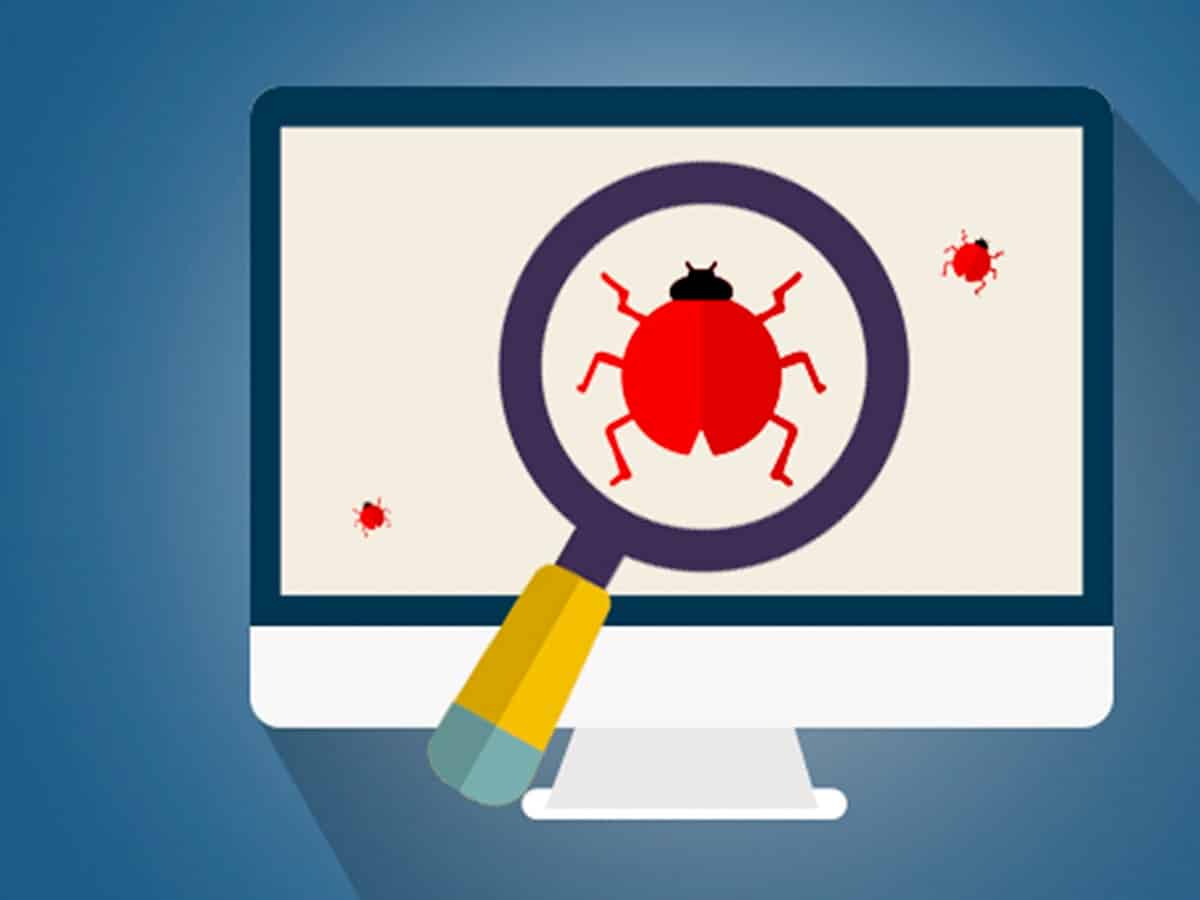
Canberra: Researchers from Australia’s national science agency have developed an app powered by artificial intelligence (AI) to keep invasive stink bugs out of the country.
The app, developed by the Commonwealth Scientific and Industrial Research Organization (CSIRO) for the federal government, uses AI to help biosecurity officials identify brown marmorated stink bugs before they can enter the environment, Xinhua news agency reported.
It is currently being trialed by the Department of Agriculture, Water and the Environment (DAWE) at quarantine stations.
Alexander Schmidt-Lebuhn, a CSIRO taxonomist, said AI used the CSIRO’s insect database to identify the stink bug.
“We’re taking detailed digital images of the stink bugs in our insect collection, including using a 3D imaging system to take photographs from many angles,” he said in a statement.
“Using a smartphone camera to zoom in or out and look at the bug from different angles, the AI model in the app identifies the species and shows how likely it is to be correct.
“The app also has species profiles with example images and species information. Users can record a photo of the bug, its identification and the geographic coordinates and local time to help build out the database and inform biosecurity responses.”
Australia has approximately 600 named stink bug species but the invasive brown marmorated stink bug could threaten more than 300 native plant species if it enters the country in addition to apples, stone fruit, hazelnut and grain crops.
It commonly breeds in well-lit areas such as car plants and can be spread by hibernating in vehicles awaiting export.
“This app will help our biosecurity officers tell invasive species apart from our own native species, a uniquely Australian solution to a unique Australian challenge,” Larry Marshall, chief executive of the CSIRO, said.



